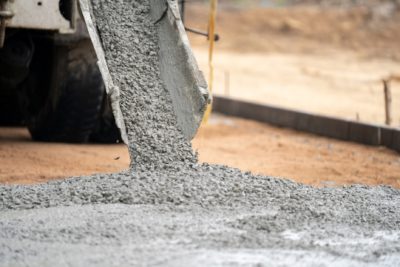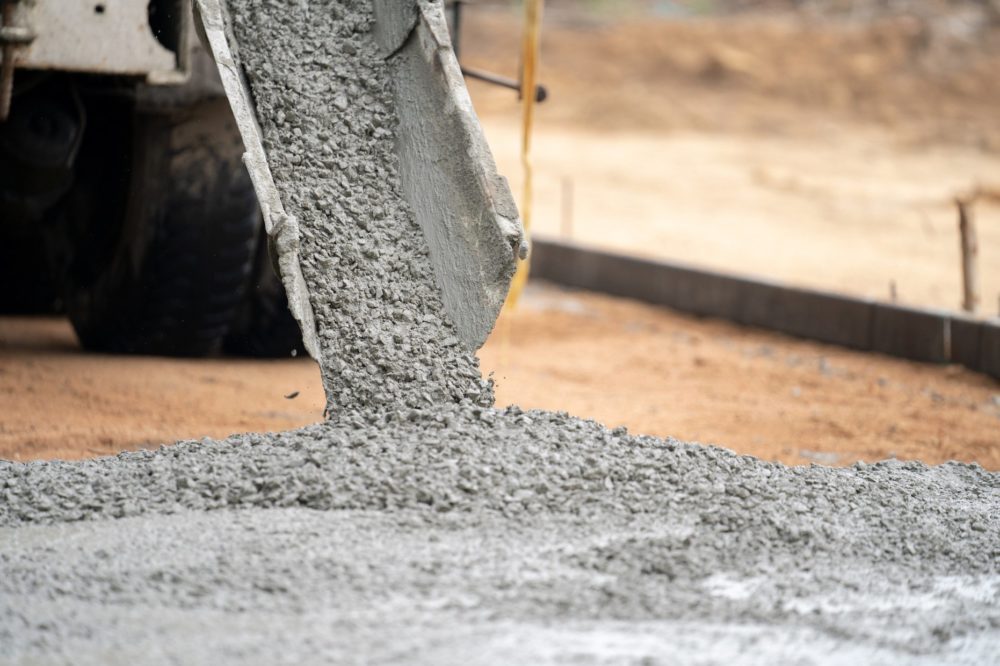How to scientifically pollute an ecosystem?


Date of publication 13 July 2020
Authors Minaev, А.N.; Zubova, O. V.; Kulik, D. M.; Siletskiy, V. V.; Lugovov, V. I. Lesnoy Zhurnal (Forestry Journal) (DocId: 3) 106–116.
Sources Application of Ash-Polymer Mixtures in the Construction of Forest Roads. Lesnoy Zhurnal (Forestry Journal) (DocId: 3) 106–116.
Abstract
Abstract: The construction of forest roads is one of the priority issues of the forest industry. The underdeveloped forest road network does not allow the use of forest resources, which are situated too far from the civil roads because of lower profitability. Expanding the forest road infrastructure will allow to increase mobility as well as profitability of resource extraction. Forest roads are expensive. This is due to the high cost of road construction materials and long distance of their delivery. One of the latest ways of cost reduction of road construction materials is the use of industrial wastes. A study was carried out in order to obtain a pavement layer with high physical and mechanical properties and a relatively low cost from industrial wastes for the problem solving. Household high-pressure polyethylene is used as a binder in the mixture, and ash from incineration of sewage sludge is used as filler. A coagulation-condensation structure is formed due to the use of plastic in the mixture; herewith the material is characterized by high strength and frost resistance. The study has a scientific novelty as the issues of polyethylene adhesion with various fillers are poorly known. Recycled polymers (crushed polyethylene, fraction 1.5-2.5 mm) were used as a structure-forming component. Ash from the sewage sludge incineration obtained at the SUE “Vodokanal of St. Petersburg” was used as the filler material. According to the test results, the material obtained can be used as an application for reinforcing the pavement layer in the forest road construction on weak soils. Its use will expand the forest road infrastructure by cost reduction. The studies of the Department of Industrial Transport of the Saint-Petersburg State Forest Technical University show that the high physical and mechanical parameters will increase the service life of forest roads and hence the time between overhauls. These aspects have a positive effect on the profitability of the forest road construction. The SeaCleaners’ View : This article may prompt us to create a new category in our scientific watch. The construction of passable roads is a vital need for economic activity. With the era of petrochemicals, asphalt and asphalt mixes have become widespread. A sustainable forestry production already has its road development. Plastic waste and incinerator ashes used to develop a new road surface. Voluntary chemical pollution to increase profits.
We could call it: How can we pollute the planet more efficiently in a scientific way? Indeed the simple reading of the summary makes us understand that the exploitation of forests would be much more efficient if access roads were cheaper to build. It is not specified here whether these are sustainably managed forests. The scientists who contributed to this study demonstrate the technical feasibility of mixing different industrial wastes used as low-cost raw materials to make the material for the roads.
Since the ancient Roman road, whose construction method has allowed a remarkable longevity, the construction processes of communication routes have multiplied according to the constraints and materials available. Technically, a stable substructure of small stones is generally required, topped by a pavement that is more resistant to the passage of vehicles. The pebbles ensure that vibrations are transmitted to the ground to prevent settlement in certain places, which would lead to the fracture of the surface covering, which is more rigid. The management of water flow is also an important parameter to be taken into account to avoid subsidence or flooding of the pavement. It is therefore a highly technical undertaking that uses materials that are well calibrated in terms of physical and chemical characteristics.
They generally consist of a phase of gravel of different calibres combined with a binder of the tar type or equivalent. The gravel is generally extracted close to the construction sites because it is rather expensive to transport it due to its weight. The tars are very often of petrochemical origin, although tests with fatty polymers of vegetable origin have been successfully carried out. As the binder is the part with the highest added value, its transport cost poses a problem for me. Levelling and stabilising the road structure is very important in terms of its longevity. Especially if the roads are used by very heavy vehicles such as trucks.
Indeed, to carry out plantations on land prepared to receive the young trees, it is necessary to have already put in place a structure of access roads, either paved or tarred, according to the necessary uses. The case presented in this article, where the need to build new forest roads is presented, indicates that we are in the situation of a wild resource exploitation. However, this can be sustainable if a planting policy is put in place to compensate for the harvesting. The context of the study presented here seems to be in the direction of greater exploitation of wild forest resources. It is therefore not illogical, in this context, that stakeholders consider using industrial waste as a source of raw materials. The objective is clearly economic development and profit from forest exploitation without consideration of environmental impacts.
The idea is to use high density polyethylene resulting from the recovery of household plastic waste that cannot be used in recycling processes. After grinding into fine particles and heating, this plastic debris forms the binder that replaces the tar. The mineral part of the lining is brought in by incinerator ashes. In both cases these materials are considered pollutants. Indeed, non-recyclable plastic waste contains many chemical compounds, additives, dyes, flame retardants … which are persistent pollutants in the environment. They will be gradually released under the action of water and erosion. Similarly, incinerator ashes are known to contain significant quantities of heavy metals. For this reason, they are considered to be final waste and are therefore difficult to use in other applications. They often end up in cements or, as here, in fillers for materials.
This is the assessment presented in this scientific study without talking about it. Indeed, the characteristics of the new material developed are technically acceptable for road construction but the environmental impacts are not addressed. The intensive use of these forest roads by trucks loaded with wood will cause rapid wear and tear that will release dust, plastic microparticles and ashes into the environment, favouring the diffusion of chemical pollutants and microplastics. Rain and runoff will carry this pollution to rivers and eventually to the ocean. The authors present this technical breakthrough as having a very positive effect on the profitability of forest road construction.
A similar conclusion had been reached in the use of atomic bombs in civil engineering after it was tested for the excavation of an artificial lake not far from the area of this study.
The reader will be able to form his own opinion on this approach, which is still difficult to consider as scientific or, let us say, a science without environmental awareness.
Comments area